Have you ever stared at a stereogram image, waiting for the 3D picture to pop out, but saw nothing? You’re not alone. Stereograms, those seemingly chaotic patterns that hide 3D images, can be impressive—if you can actually see them. For many people, however, unlocking the image isn’t as easy as it looks. This article explains common stereogram vision problems, their possible causes, and some useful tips to help you get better at spotting the hidden 3D shapes.
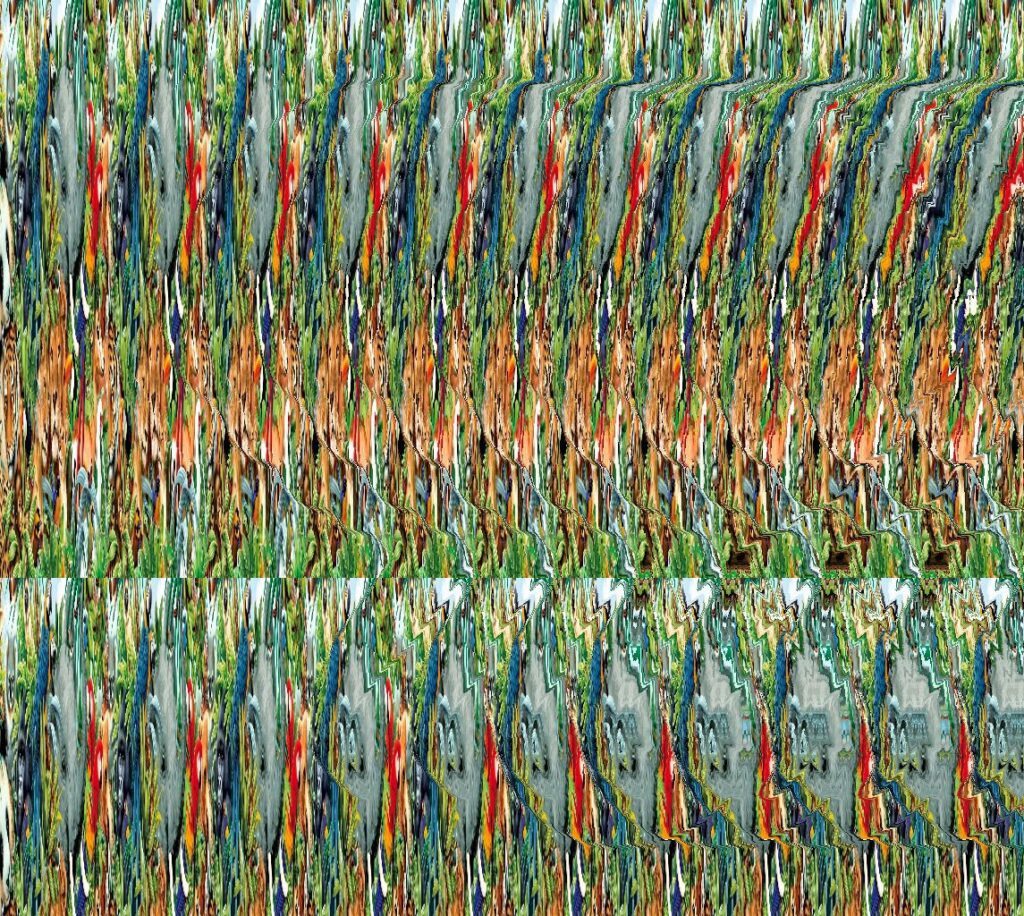
What Are Stereograms and How Do They Work?
Stereograms are images designed to trick your brain into seeing depth in a 2D space. They use patterns that repeat horizontally, and when you adjust your eyes just right, a hidden 3D image seems to appear. This magic happens through something called “free fusion,” where both eyes focus on different parts of the image at the same time.
To view a stereogram correctly, your eyes must send separate images to your brain that align at a point behind the actual image. The visual system then interprets this disparity, allowing the hidden 3D object to pop into view. But for some, achieving this can be difficult, leading to frustration and eye strain.
Why Some People Have Trouble Seeing Stereograms
There are several reasons you might not be able to see the hidden images in stereograms. Here are some of the most common:
- Vision issues: Conditions like strabismus (crossed eyes), amblyopia (lazy eye), or poor binocular vision can prevent your brain from fusing the two images properly.
- Lack of depth perception training: If you’re not used to using your eyes to perceive depth in this way, your brain may struggle to interpret the visual signals.
- Improper viewing technique: Holding the image too close or too far, poor lighting, or even stress can impact how well you can view stereograms.
- Fatigue: Eye fatigue from too much screen time or not getting enough sleep can make it harder to focus.
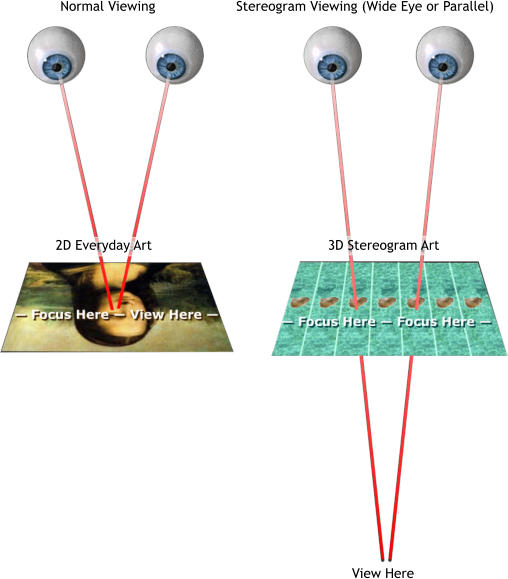
Simple Tips to Improve Your Stereogram-Viewing Skills
If you’ve struggled with stereograms in the past, don’t give up! Here are some simple and effective techniques to improve your stereogram viewing experience:
1. Relax Your Eyes
Don’t try to focus directly on the image. Instead, pretend you’re looking through it, as if the image is just a window to something beyond. This helps your eyes diverge in the way needed to trigger the hidden 3D effect.
2. Try the “Nose Trick”
Hold a pen or your finger in front of the image about 15cm (6 inches) away from your nose. Focus on the pen, not the picture. Slowly move it toward the stereogram while trying to maintain your soft focus, and then remove the pen once you see the 3D form start to appear.
3. Use Good Lighting and Distance
Make sure the room is well lit and hold the stereogram image about 12 to 18 inches from your face. Adjust the distance slowly while keeping your gaze relaxed. Avoid screen glare or glossy prints, which can interfere with your eye’s ability to lock in.
4. Practice Makes Perfect
Like learning any new skill, improving your stereogram ability takes time and patience. Start with easier, high-contrast stereograms before moving on to more complex designs.
5. Get Your Eyes Checked
If you’ve tried everything and still can’t see stereograms, it might be time for a vision checkup. You may have an undiagnosed issue that’s affecting your depth perception or eye coordination.
When to Seek Professional Help
If viewing stereograms causes headaches, dizziness, or eye pain, or if you’ve never been able to see the 3D shapes despite trying all the tips, consult an optometrist. Professionals can test your binocular vision and recommend vision therapy if needed. Some people may benefit from corrective lenses or eye exercises to strengthen the way their eyes work together.
In some cases, persistent difficulty seeing stereograms could be a sign of a deeper vision issue that hasn’t been diagnosed yet. Better to be safe and get an expert opinion!
Summary: Don’t Give Up on the Magic!
Struggling to see stereograms can be frustrating, but with a few tips and some practice, many people can train their vision to unlock the hidden images. Whether your vision challenges are minor or serious, understanding how stereograms work can help you enjoy this fun form of visual art—and maybe even strengthen your eye coordination in the process.
If you’re into optical illusions, visual tricks, or eye training techniques, stereograms are a fascinating way to both challenge and entertain yourself. Keep practicing, stay patient, and you just might see something amazing hidden in the patterns!
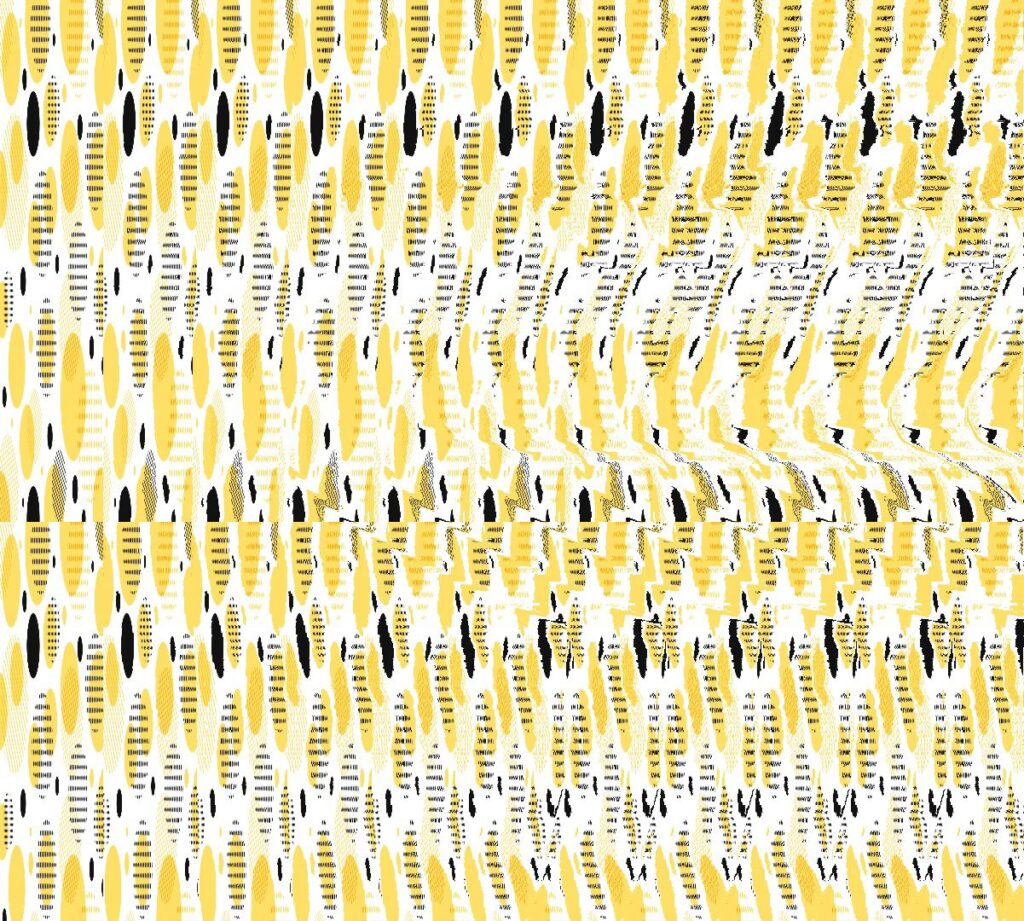
Image: Can you see a guy singing ? Keep practicing with simpler stereograms like this. Source: The Magic Eye 3D
Keywords: stereogram vision problems, 3D stereogram tips, why can’t I see stereograms, how to see 3D images, stereogram eye strain, improve binocular vision

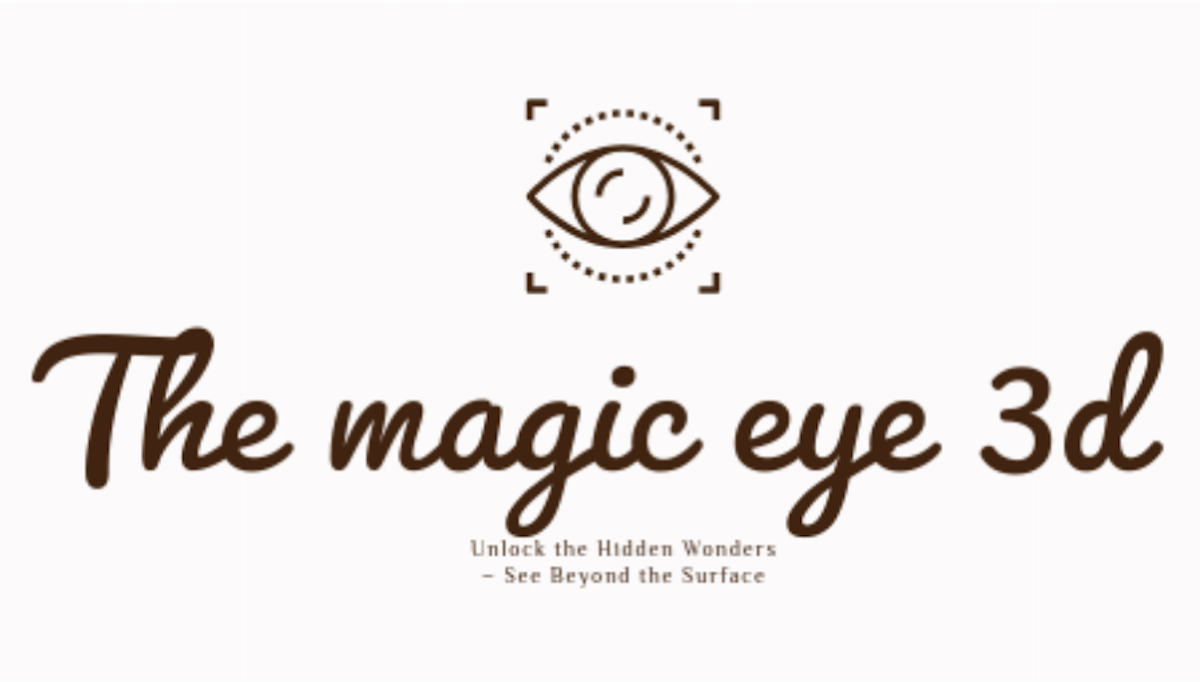
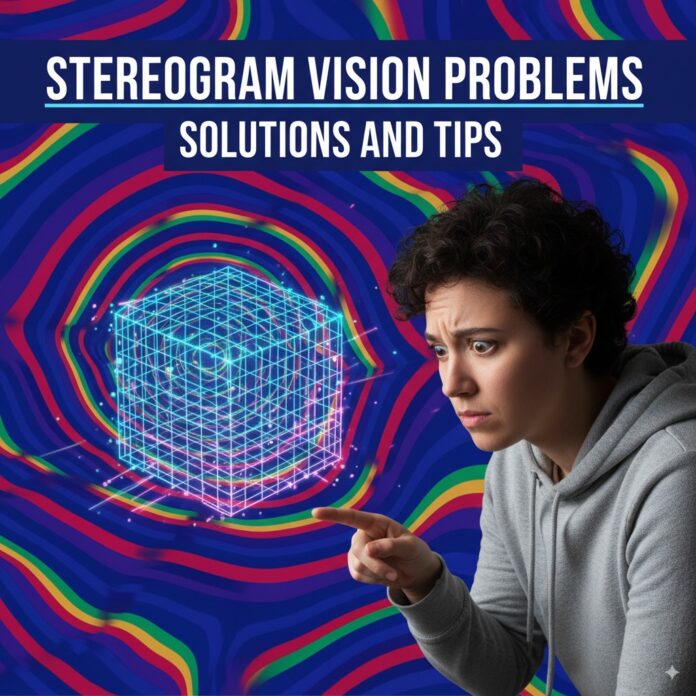
Strongly written